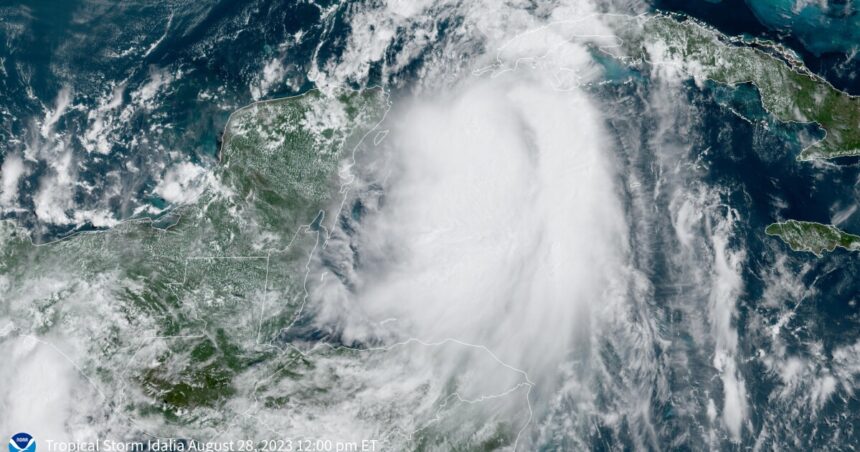The National Oceanic and Atmospheric Administration states that they annually work on improving tools for forecasting storms. This year, they are introducing new models to enhance the accuracy of predicting hurricanes, including models for tracking intensity during the hurricane season.
One of the new features the agency is testing is a forecast count graphic that incorporates traditional elements but now includes models for inland areas under tropical storm and hurricane warnings, displayed with color-coded layers. The storm’s trajectory is represented in a cone shape on the models. The updated version will emphasize wind hazards not only along coastal areas but also further inland, where tropical storm and hurricane winds can cause significant damage when residents are under watches and warnings.
Weather
How to avoid contractor scams when rebuilding after storm damage
3:47 PM, May 28, 2024
Michael Brennan, the director of the National Hurricane Center, expressed his hope that this new approach will help individuals better understand the hazards. The NHC is also focused on issuing warnings about storm dangers, such as storm surge, more frequently, especially when people in the affected areas are more likely to see the warnings.
“It was previously limited to issuing them every six hours when we provided a full updated forecast for the storm,” said Brennan. “Now, we have the flexibility to make more frequent, smaller changes every three hours, adjusting watches and warnings when necessary, even at less disruptive times.”
The NHC is forecasting at least 25 named storms for 2024, with 13 expected to become hurricanes and 7 of those potentially becoming major hurricanes of category 3 or higher intensity. Brennan advises not to focus solely on the forecasted numbers but to recognize the annual risk and prepare accordingly.





